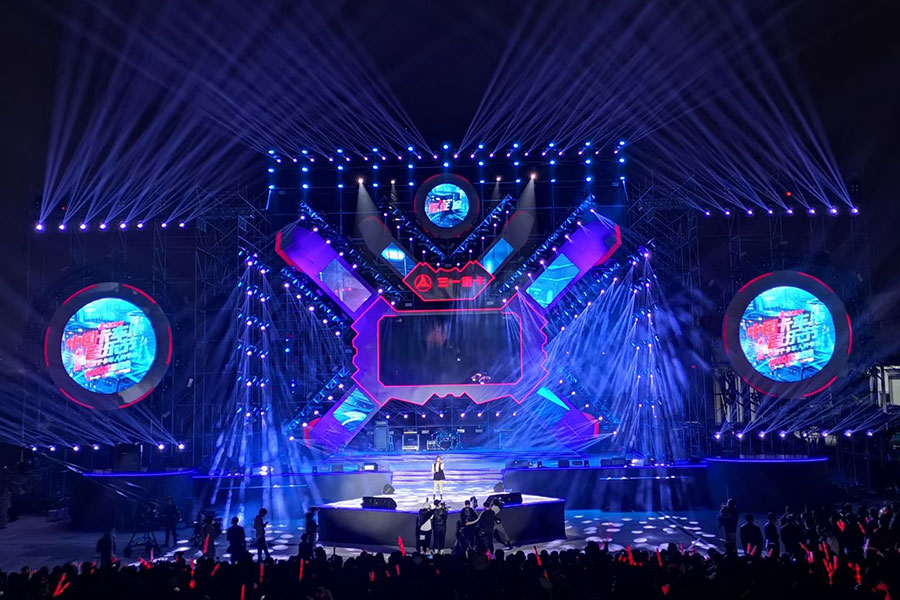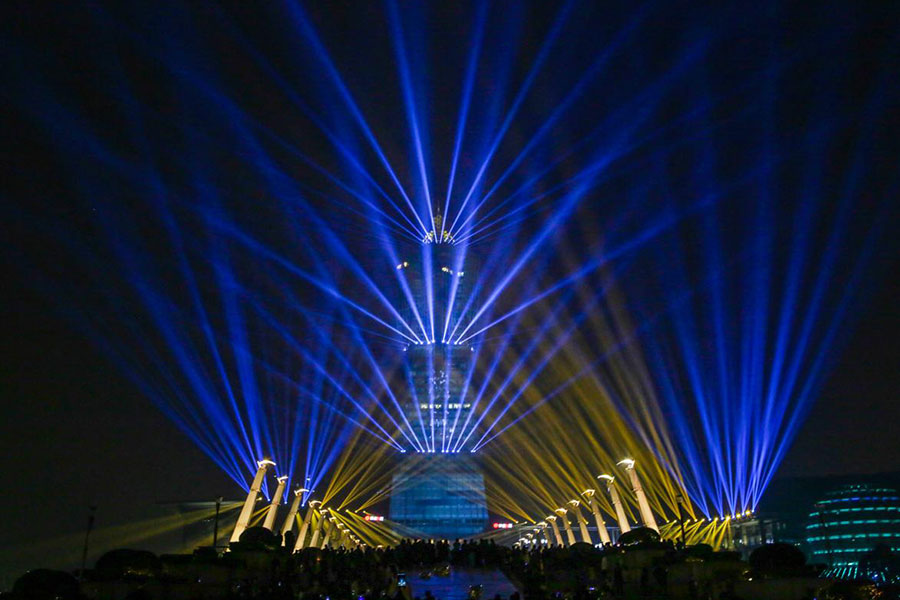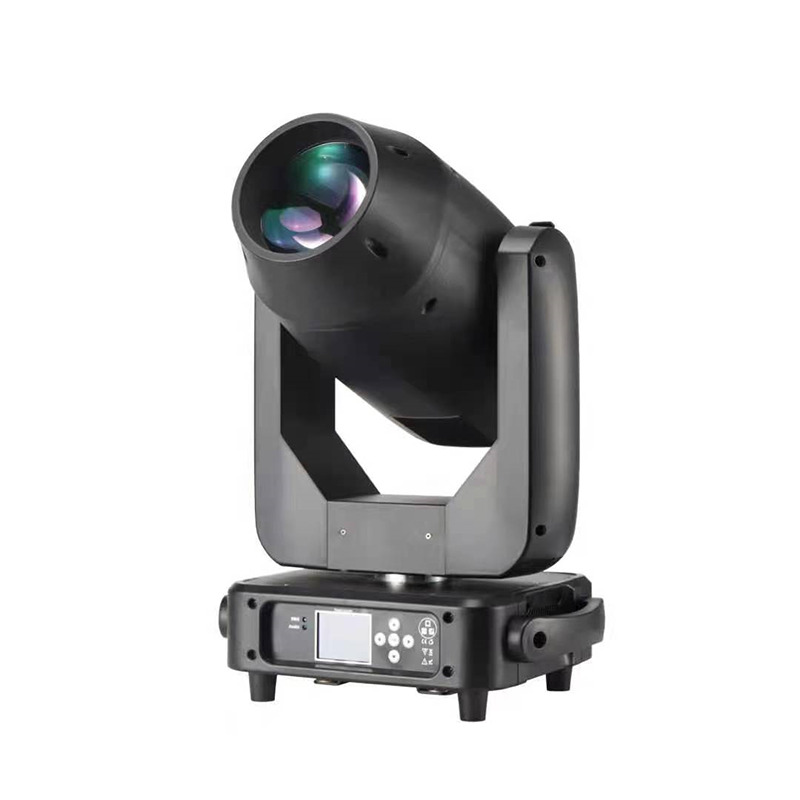Basics Components to Setting Up A Stage Stage Lighting Power
Regardless of what kind of stage lighting fixtures we use, churches need power. It's true that with conventional stage lighting fixtures you need dimmable power and with LED and intelligent stage lighting fixtures you need power distributed throughout your main auditorium at strategic locations. We often find that the most strategic thing we can do when locating power is to future proof the kind of power needed at any given outlet by making it convertible from dimmable to non-dimmable power. We most often do this by using stage lighting dimmer packs, for example, ETC D20 modules (20 amp dimmers), ETC CC20 modules (constant 20 amp power, not DMX controlled), or ETC R20 modules (20 amp relays, controlling on/off via DMX). You run the power once and have the flexibility of changing what type of power those outlets have at any point in the future by simply sliding in a new module.
Stage Lighting Positions
It will always be cheaper to put in more power and DMX access than you think you'll need upfront than it will be to add it later. This is one area in which it's pretty important to be forward-thinking and go for a little overkill on distribution. Because if you don't do it now, you'll have wished you did later. It's nearly impossible to think of every use and scenario you'll need lights for before getting into a building, so planning upfront for some extra lighting positions and DMX access will save you a lot of headaches, and possibly money down the road.
Front Lighting
Conventional ellipsoidal fixtures have long been my favorite fixture for front lighting in churches. Ellipsoidal light fixtures combine good, fairly even light across the beam with the control of a tight beam along with the ability to shutter off parts I don't want. While sometimes I would prefer the softer beam a PAR fixture produces, in most churches where projection, creative lighting, and even set designs are used, I'm not willing to give up the beam control that ellipsoidal fixtures offer. The ability to shutter off any over lighting or spill proves to be extremely valuable in dynamic spaces. And to date, I typically use conventional ellipsoidal light fixtures as LED versions are still very new and quite a bit more expensive than conventional ones. This gap is closing quickly, but for the time being, working with the average church (and their budget) has me leaning towards conventional ellipsoidal light fixtures.
Top (or Back) Lighting
With top lighting, I'm much less concerned about tight beam control as these lights most often shoot down to the ground so inherently there is less over lighting and spill. Up until 5 years ago, a conventional PAR fixture was my go-to light for this application. In recent years though, I've changed over to LED PAR light fixtures being my favorite for this application in most instances. The one exception may be the downstage area used for preaching in churches. In those areas, I become a little more concerned about having a good, accurate color temperature when cameras are being used. For the rest of the stage, or when cameras are not involved, LED PAR fixtures offer a great deal of versatility and creativity and still carry out the task of defining a subject and making them stand out from the backdrop. The bonus with an LED PAR fixture is that while I want white for speaking times, colored top lighting can be a fantastic tool for helping set the environment during worship. Using brighter colors as your top light during faster, more energetic songs still defines your subject while conveying an atmosphere of praise and deep blues and purples highlighting the people on stage can really create a rich, worshipful environment. LED fixtures in this instance are simple and very effective, as one light fixture does it all, controlled simply by a lighting controller.
Background or Set Lighting
This is hands down a great place to use LED stage lighting. Often specific color temperature is not as big of a deal, so a wide variety of LED fixtures can be used to light up your environment. The better the fixture, the better the color and white will look of course, but for background lighting, most churches can afford to be a little less picky, especially since there are big-budget implications depending on the fixtures you choose. Do conventional lights still have a part to play for background and set lighting in churches?
Previous: What Do You Want Visitors to Focus On!
Next: No More










